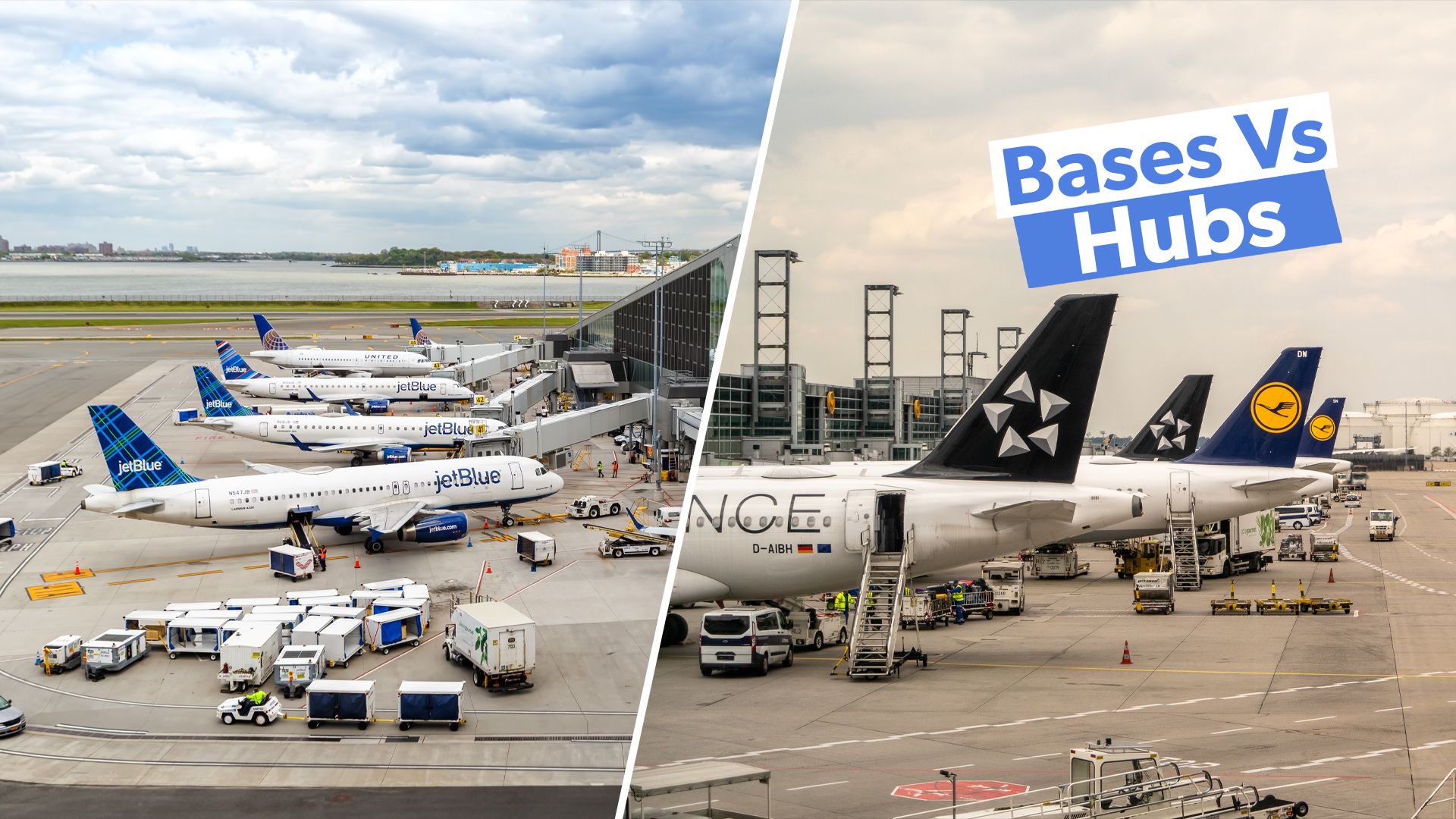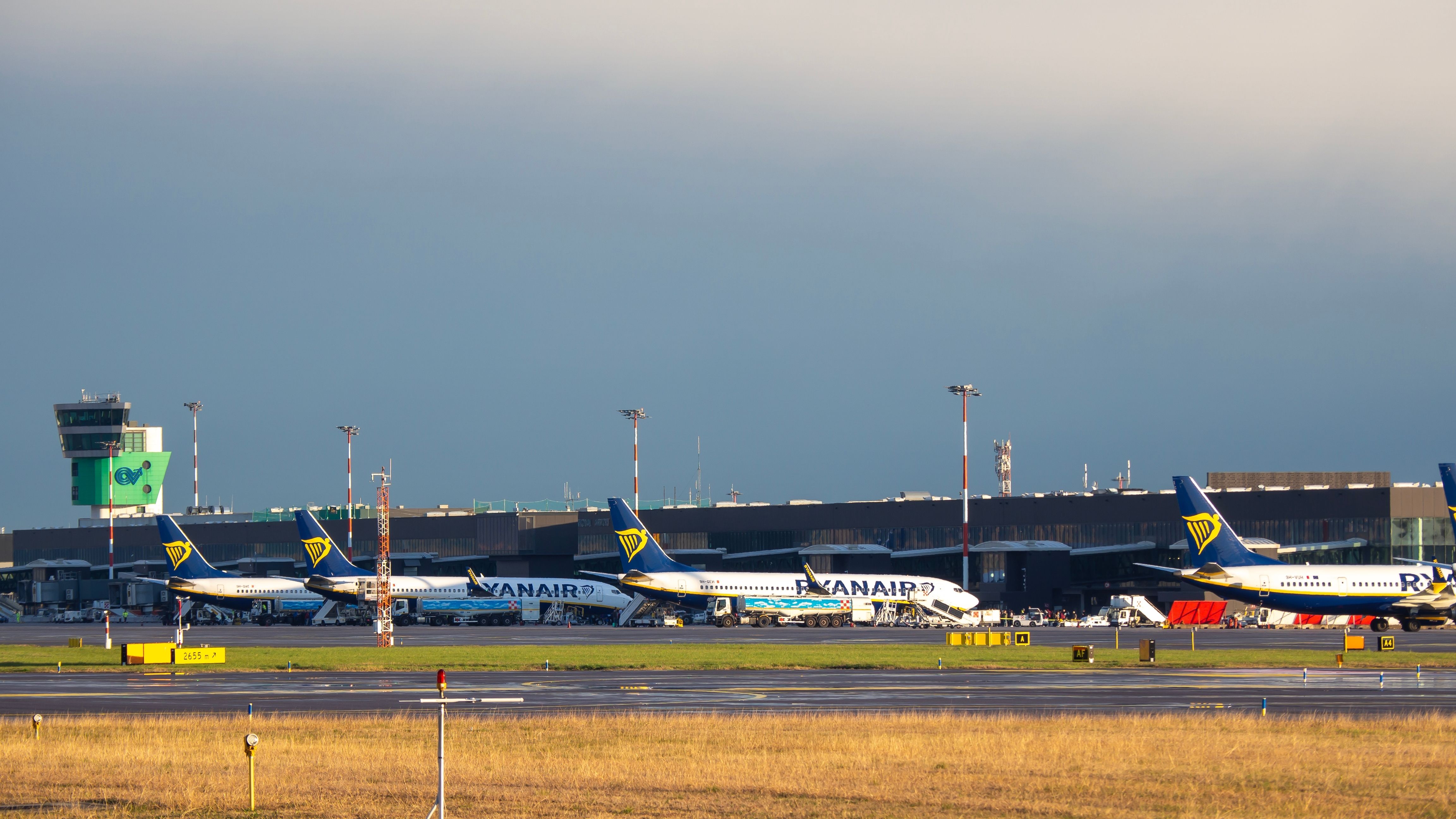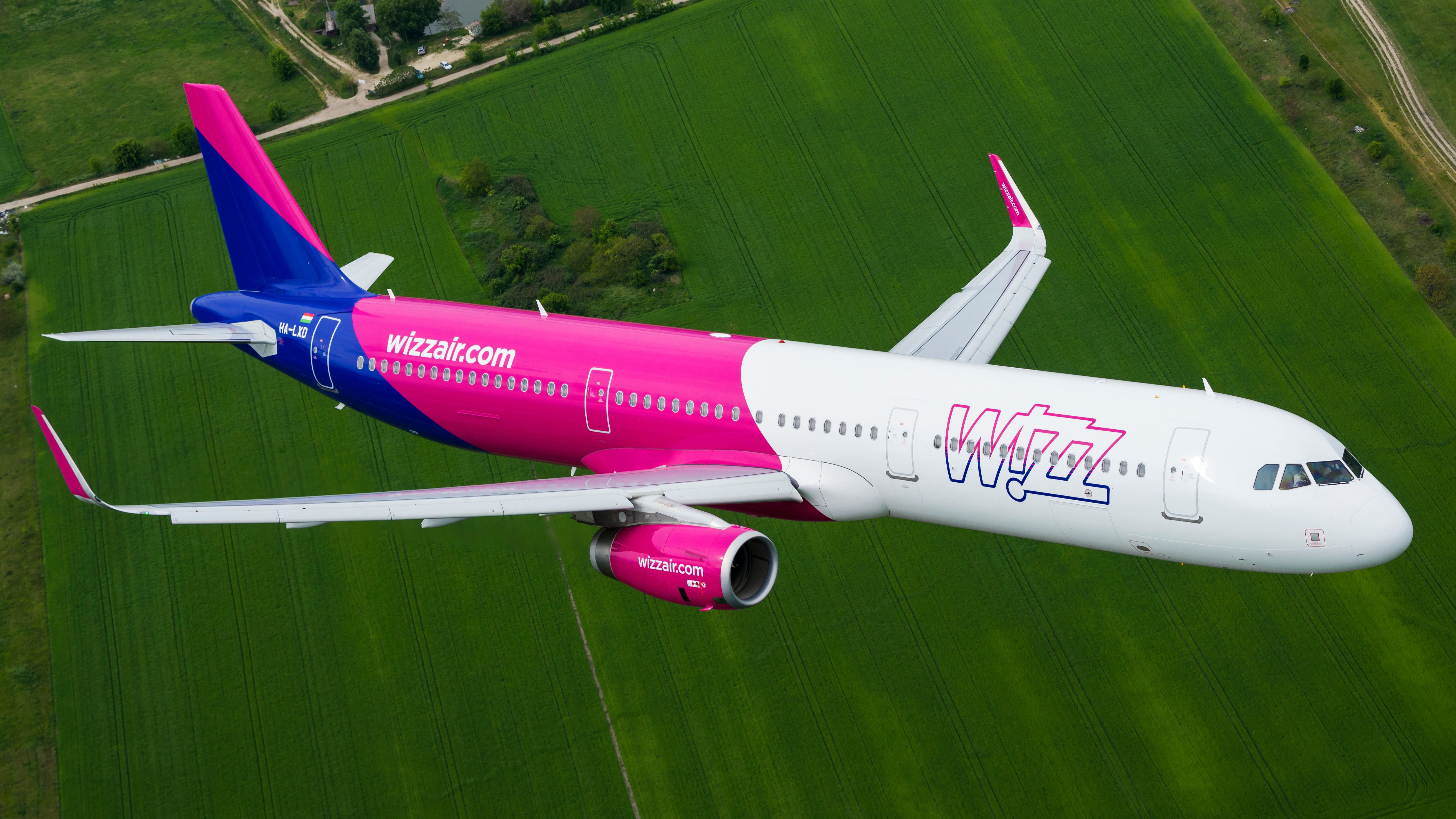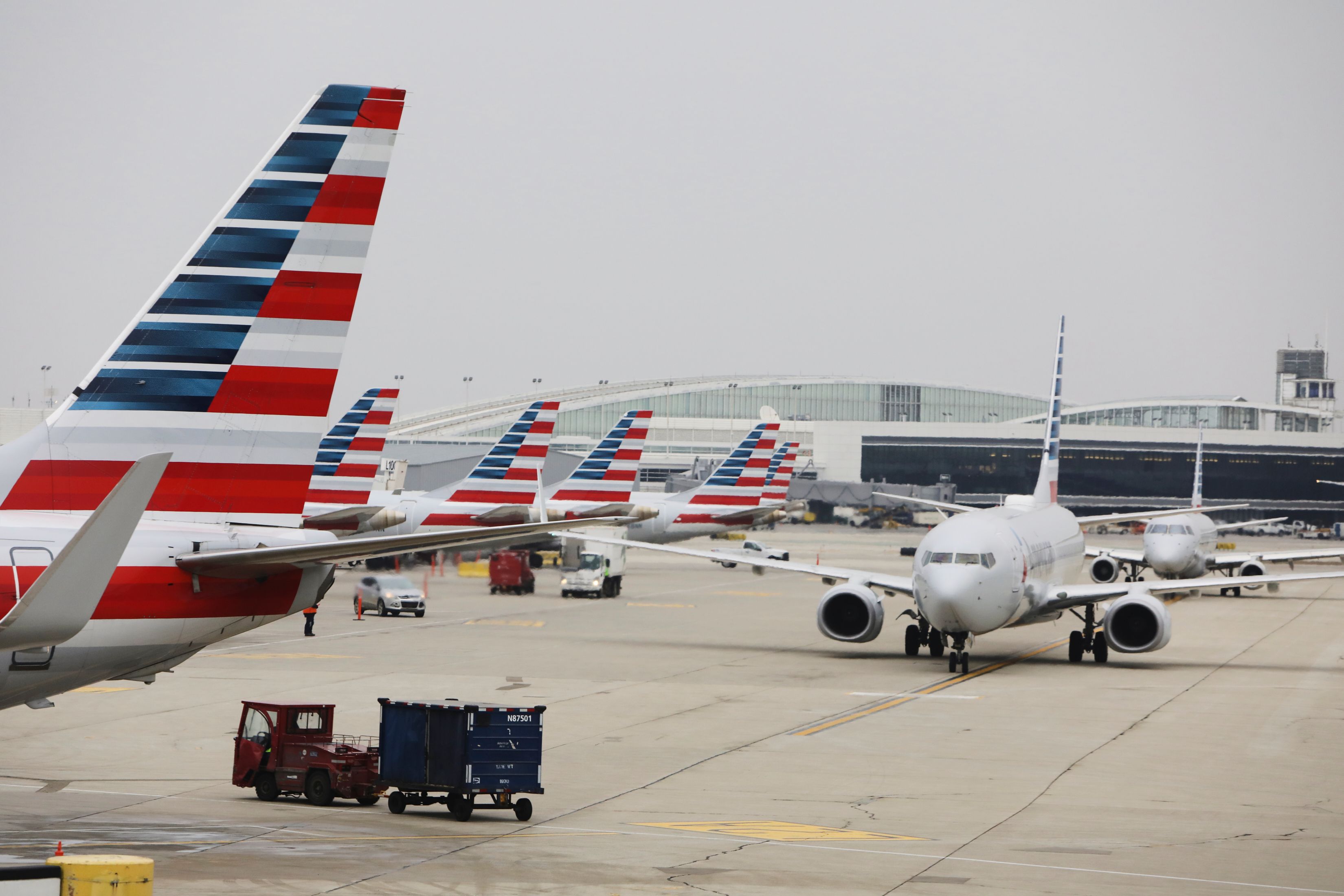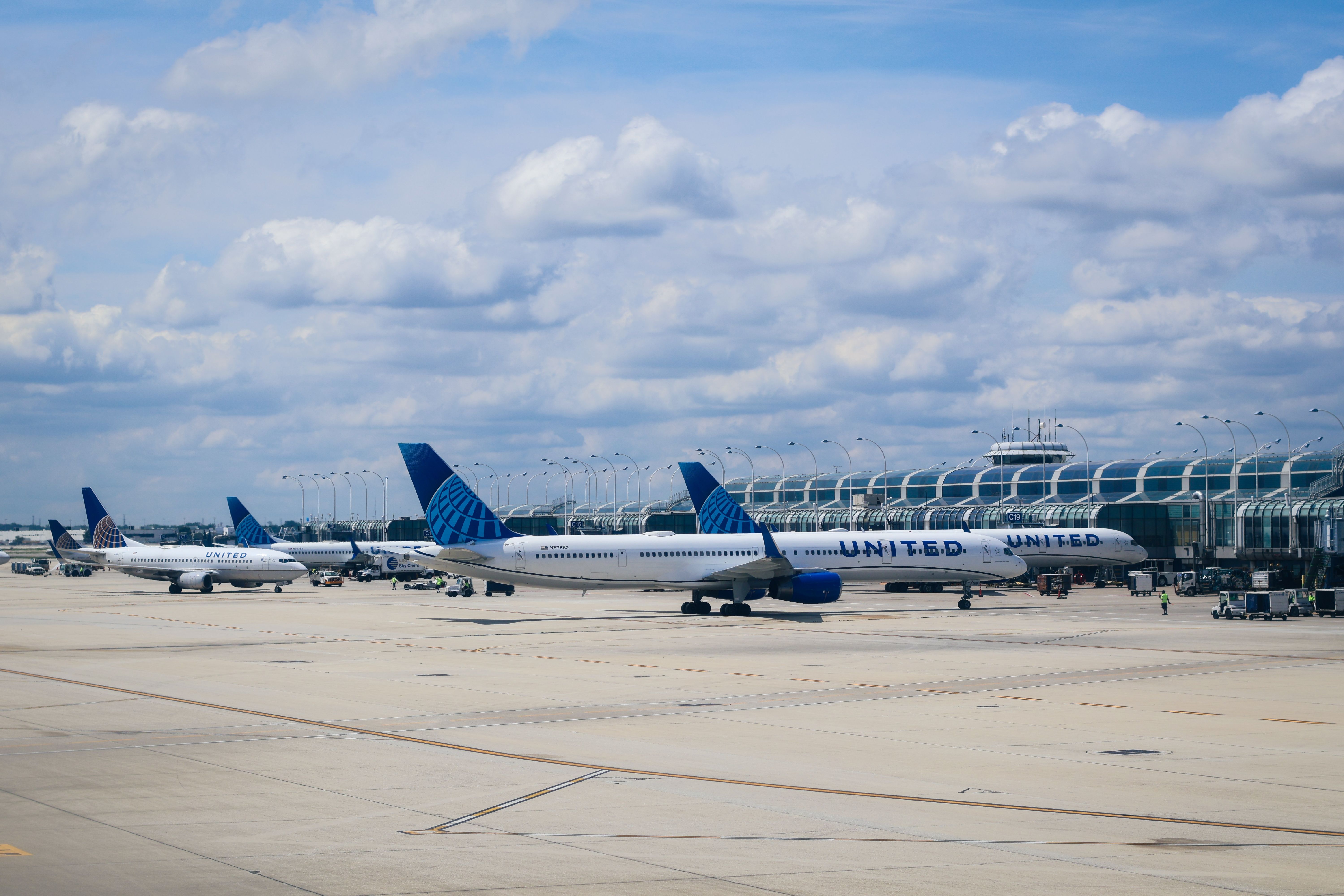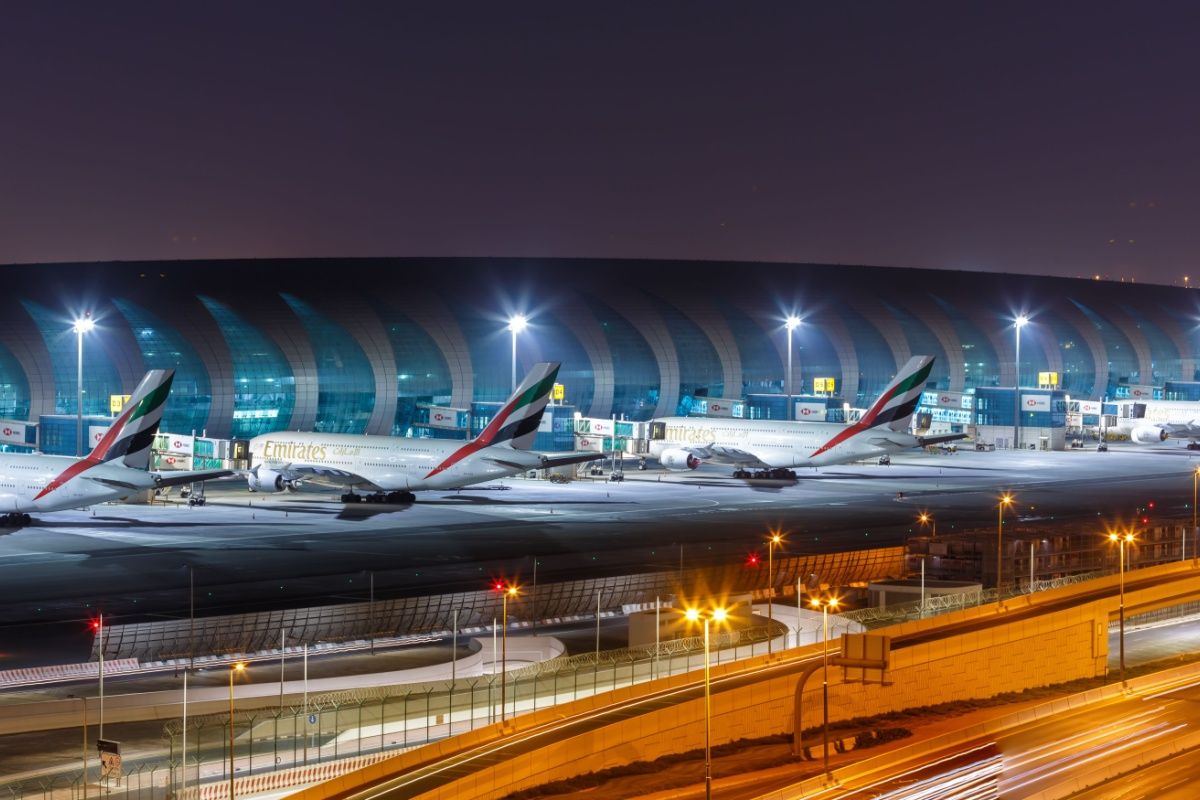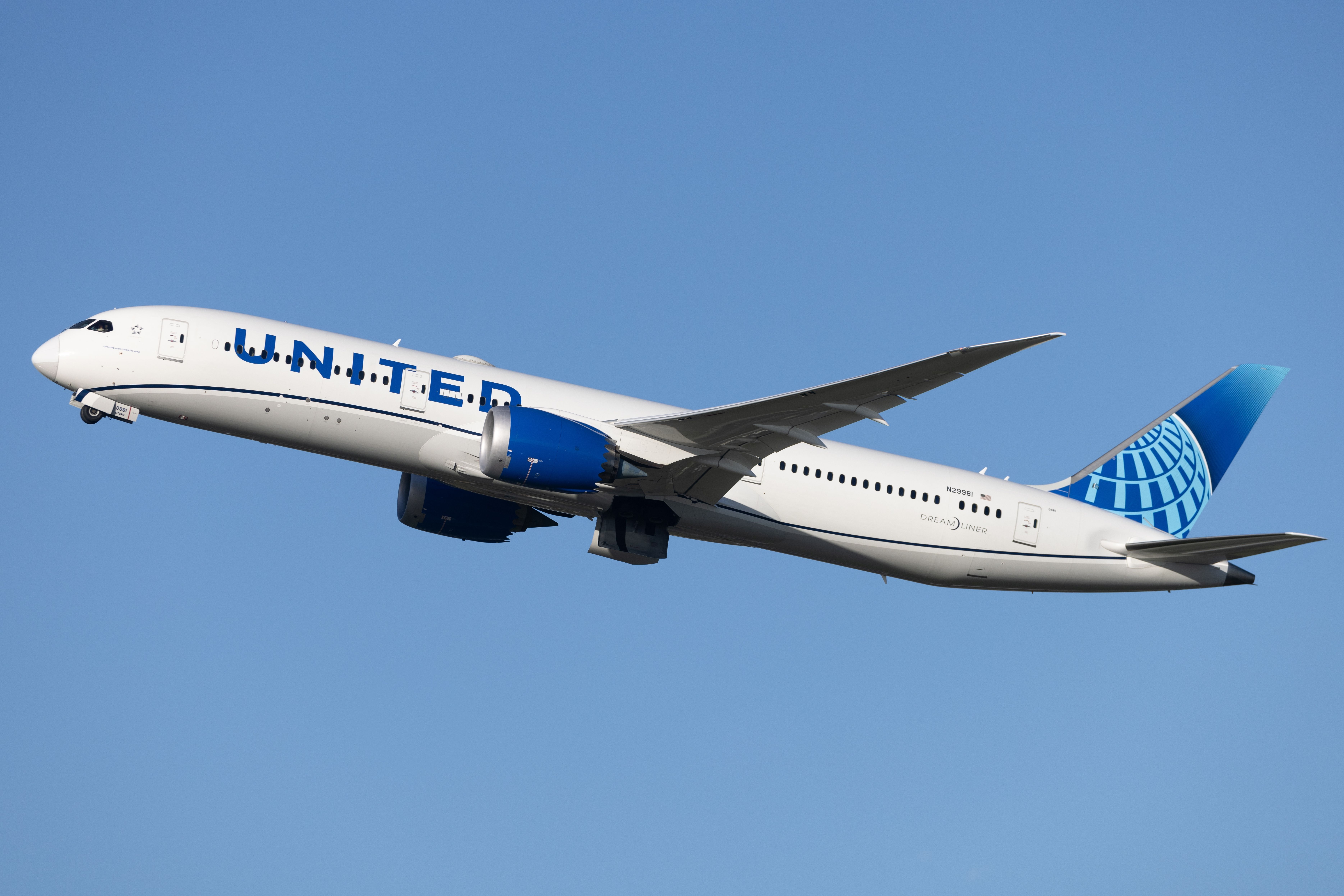If you live in Europe, you might have heard of airlines such as Wizz Air and Ryanair establishing ‘bases’ across the continent, with the figure in the dozens. However, some of these bases may have just one or two planes, along with a handful of staff, very different from what you usually see with legacy airlines at their major operating ‘hubs’.
For example, British Airways’ hub in London Heathrow is home to the majority of its 300-strong fleet, with some at London Gatwick too. Considering this, let’s take a look at these two common aviation terms and how they differ.
What is an airline base?
While the word “base” can be used to define large, vast facilities (i.e., military bases), reality can be different for airlines – especially low-cost carriers. In fact, it can actually be as simple as a single aircraft and a handful of crew forming a base. CAPA defines a base (or airport base in this specific context) as an airport where an airline permanently bases aircraft and crew and from where it operates routes.
Photo: MC MEDIASTUDIO I Shutterstock
Expanding on its definition, CAPA adds,
“Both fleet and personnel return to the base at the end of the day. The aircraft based at the airport do not necessarily always have to be the same tail numbers, but the airline will typically keep a consistent complement of aircraft at a base.”
In this kind of setup, flight attendants and pilots come from the area surrounding the base and report to work from their “home address.” This concept is opposite to an airline’s outstation, where an airport is merely a destination from which to deliver and pick up passengers. At an outstation, the aircraft will only spend time at the airport conducting its turnaround rather than parking there for downtime/short-term storage or maintenance.
Photo: Wizz Air
Let’s use Ryanair as an example – the Irish giant has no less than 84 bases across Europe, with aircraft parked ranging from one to dozens. Spread over 33 countries, the carrier uses its bases to maximize efficiency and avoid selling connecting flights, pushing all passengers to book nonstop services. Another major European low-cost carrier, Wizz Air, maintains 33 bases in 16 countries, a number it is looking to increase as it expands from East to West.
Defining airport hubs
Calling an airport a hub is more about an airline’s style of operations. While bases don’t have to be hubs, hubs are always bases for airlines (if that makes sense). Part of the “hub and spoke” model, hub airports are those which airlines choose to connect passengers through- a practice that is much more common with full-service, legacy carriers. This will see customers book a flight from Point A to Point C, requiring a stopover or transfer at Point B.
Photo: American Airlines
For small countries, this is typically a single airport—think Hong Kong for Cathay Pacific, Doha for Qatar Airways, and Dubai for Emirates. Airlines serving larger countries tend to have multiple hubs. Air Canada has hubs in Vancouver, Calgary, Toronto, and Montreal, while south of the border, United’s larger hubs are in Chicago, Denver, Newark, Los Angeles, and Houston.
Photo: Gondronx Studio | Shutterstock
The hub model allows some airlines to maintain massive international networks, giving its passengers easy access to destinations across the world. Given the large amount of transit traffic, major hub airports typically offer excellent amenities and facilities, such as the designer shops, food options and other attractions you find at airports like Singapore Changi and Dubai International.
The facilities selected as hub airports for airlines will also act as a base in the sense that aircraft and crew are ‘based’ out of the airport, living in the surrounding city. The airline will also tend to have some maintenance facilities at hubs, where jets can be serviced during downtime.
Photo: Markus Mainka l Shutterstock
In the context of a budget airline running point-to-point operations (primarily found in Europe), it should be clear that bases aren’t hubs. While Ryanair could argue it has hubs in Dublin and London Stansted, given the sheer amount of planes and staff on the ground, it doesn’t offer to connect passengers here, and this effectively just serves as a massive base.
Foreign crew bases
To complicate definitions just a little, we also have foreign crew bases. These are typically established by legacy carriers that operate long and ultra-long-haul flights. A foreign crew base won’t typically house an airline’s aircraft (unless we’re talking about Qantas’ LAX maintenance base), but it will be the ‘home airport’ for international crew members.
Photo: Kevin Hackert | Shutterstock
These foreign bases are established due to the long-distance nature of the flights between the airline’s home airport and the destination. After crews have been on duty for 12 or more hours (likely being awake for much longer), they’re expected to spend some time at their destination off-duty, recovering and resting. Taking over for the return flight might be a foreign crew based at this destination.
The pandemic saw many of these crew bases close as airlines curtailed costs, with foreign bases an easy target due to the lack of flying. Note that while airlines might hire crew from destinations, it doesn’t have to establish a base for that to be possible. United Airlines operates a foreign base at London Heathrow after it shuttered its locations in Frankfurt, Tokyo, and Hong Kong during the pandemic.

